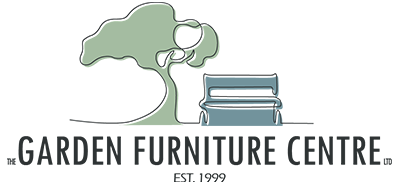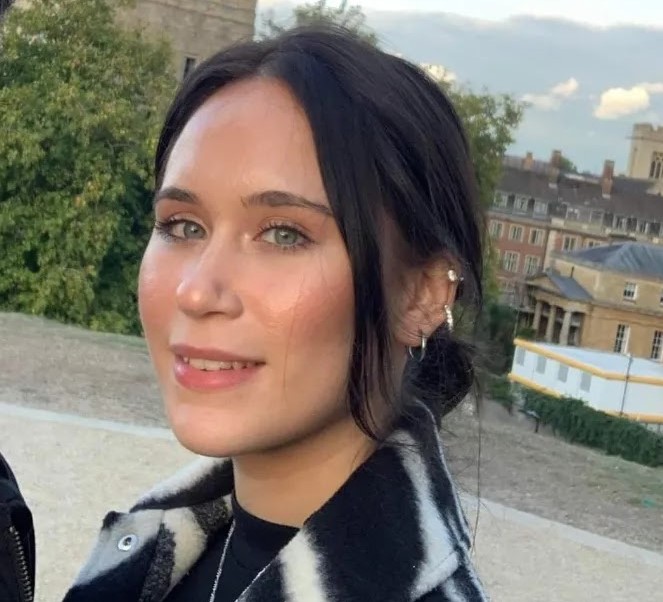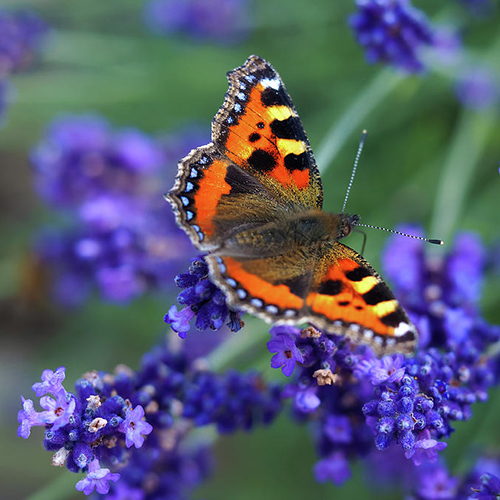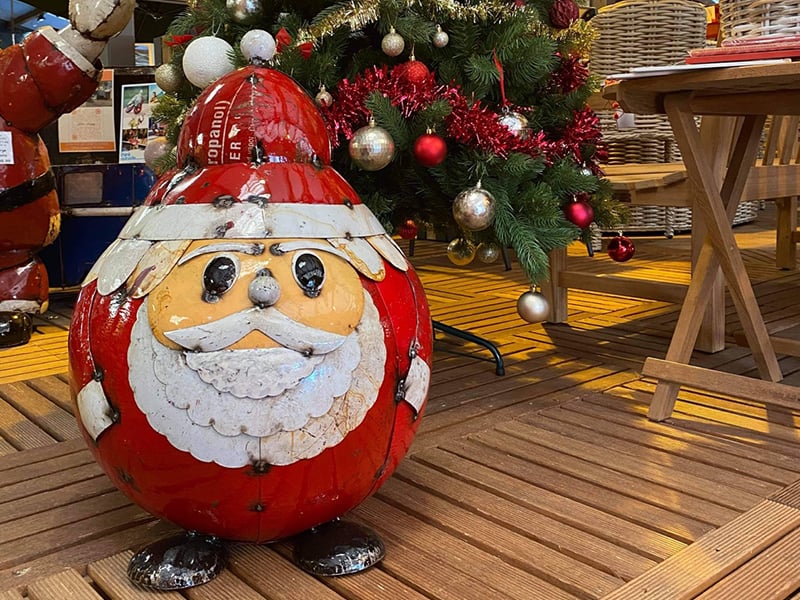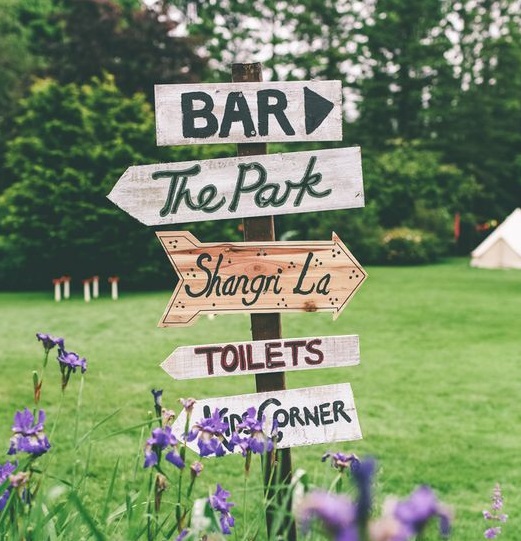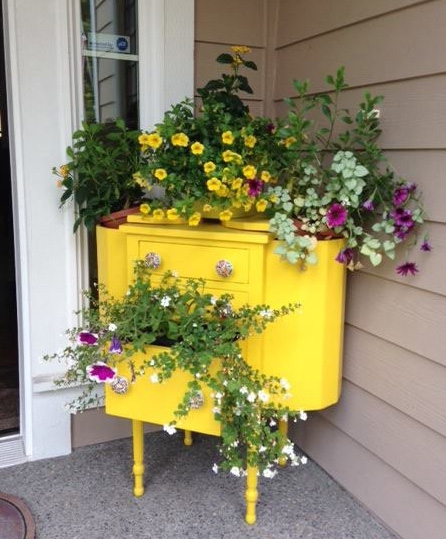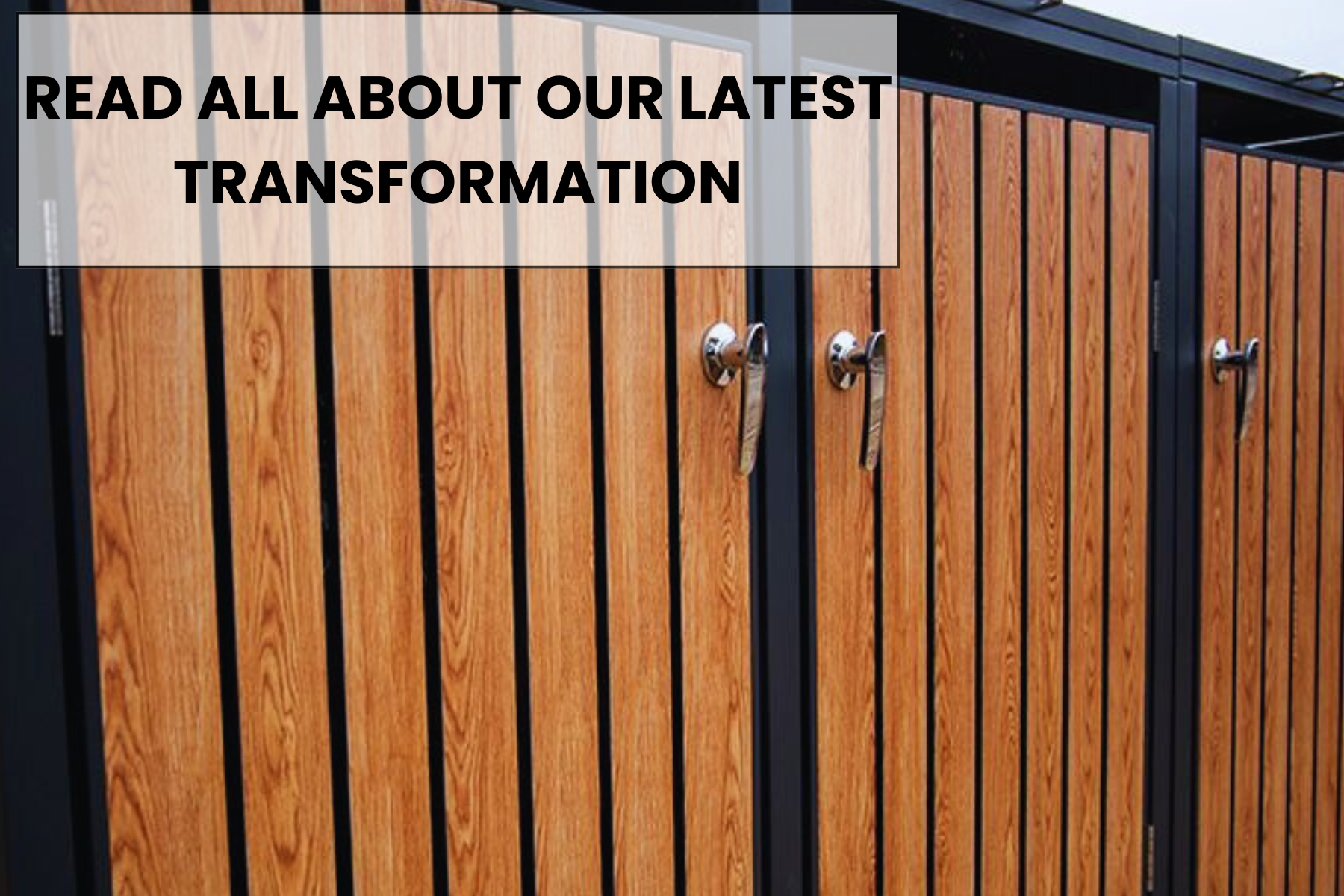A pollinator garden is a garden containing plants for bees and butterflies specifically. Specific plants are magnets for bees and butterflies, and if planted, you can guarantee these fluttering and buzzing visitors will flock to your garden – who doesn’t love watching these lovely creatures flutter and buzz around on a sunny day? But don’t be fooled, you don’t always need a garden to support wildlife – most plants are happy with windowsill and balcony pots!
Below we’ve listed some plants to inspire you on your journey to creating an insect haven in your outside space, no matter the size. After all, if we look after them, they’ll look after us and our delicate eco-system!…
The most important time for insects is early spring when the insects are just beginning to emerge. So of course, growing spring flowering plants is vital. Below you’ll notice a trend of blue and purple flowers. Did you know this is actually the bee's favourite colour range?...
Alliums and Chives
Bees love all members of the Allium family, which includes chives and onions, which if you didn’t know already, both of which flower!
Chives are a low maintenance perennial herb, once planted they will come back reliably year after year. They also make a lovely ornamental flowers for the front of a border. You can even cut the Chives back once the flowers have faded and they will often produce a second wave of flowers. Chives are also suitable for shade and containers.
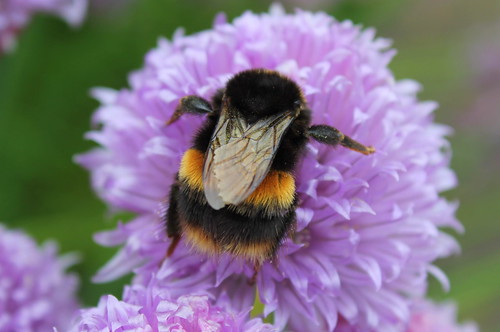
Onions
In a process known as bolting, onions can produce flowers. The bees and butterflies love these flowers, so make sure to plant plenty or leave some onions in your garden bed once harvesting.

Sedum
Another butterfly magnet, sedums provide a good bus stop for the bees and butterflies – a mature sedum attracting hoards of butterflies at any one time! Sedums are easy to grow and are long flowering plants, flowering from April all the way through to September. It is thought, the Sedum flowers are attractive to butterflies even before they are in full flower, perhaps due to the aroma.
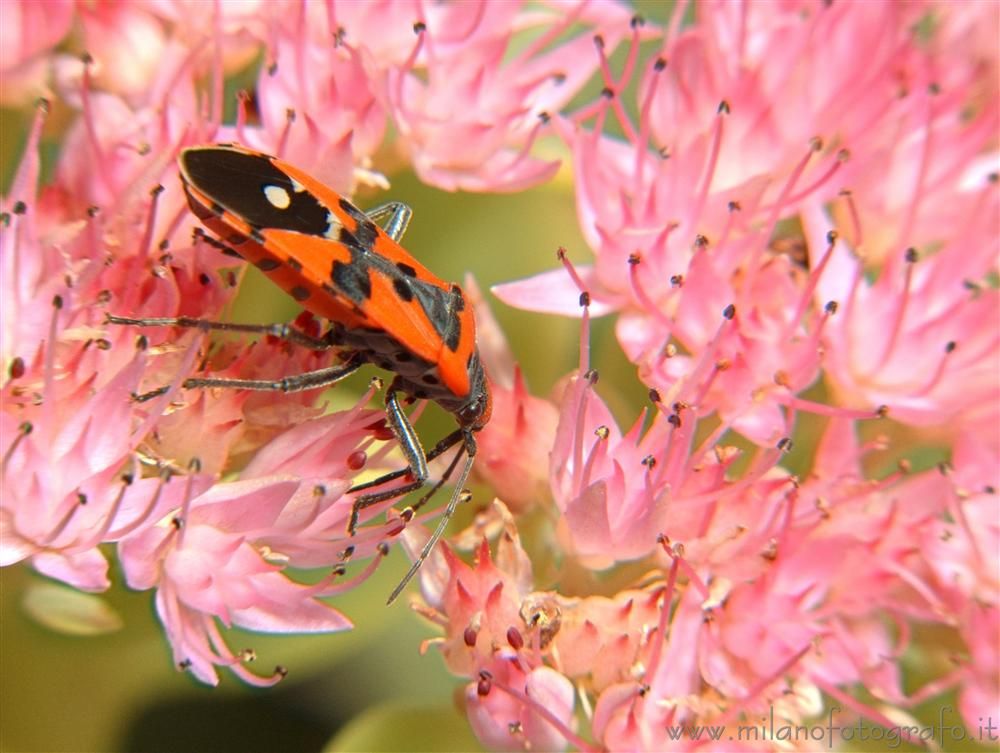
Geranium/Cranesbill
A part of the Geranium family, Cranesbill, or commonly named G. ibericum is just loved by the bees, perhaps because of the colour (blue). Geraniums are low maintenance herbaceous perennials, meaning they will die back over winter and return with fresh new growth each spring. There are a number of species of Geranium which are all easy and low maintenance.
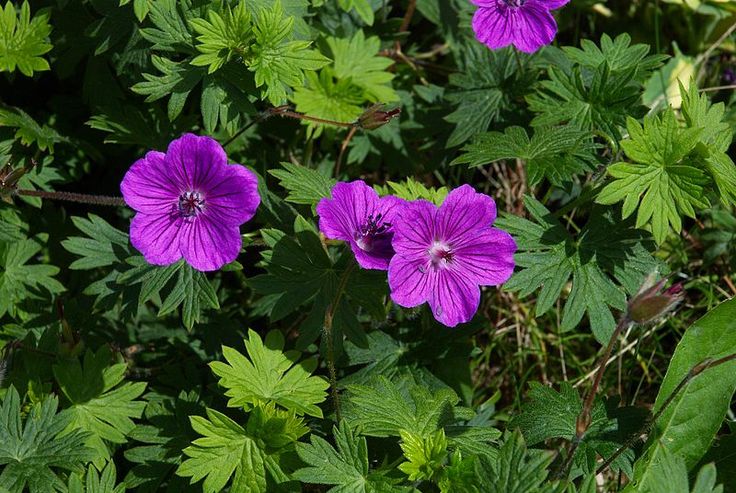
Cerinthe major
An unusual plant but yet another plant which does not fail to attract bees, Cerinthe major can be grown from seed in the spring and if looked after, is an annual plant, with grey-blue foliage, and purple flowers. Another favourite factor of this plant is the fact it self-seeds. You can even collect the seeds to hand out to friends and family!
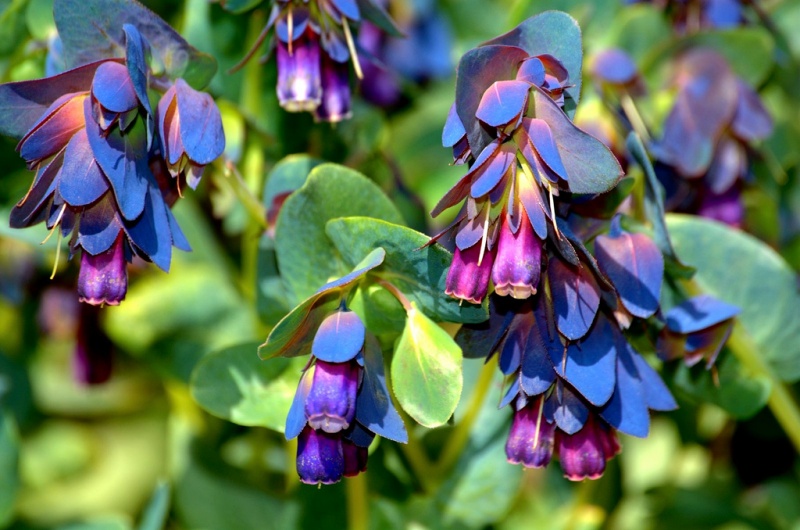
Buddleia/ Butterfly Bush
As stated in the title, this plant gets its name for a reason. Buddleia " Butterfly Bush", which is an easy to grow large plant, attracts plenty of butterflies and pollinators. The flowers are aromatic and if planted in a warm sunny spot, the shrub will soon be smothered with hungry butterflies.
Some Buddleias can grow up to 5 meters, so make sure you do your research on the variety you choose. Buddleia can also be an invasive self-seeder, so allocating time to prune the flower heads as soon as they have bloomed will help prevent the shrub spreading to unwanted territories.
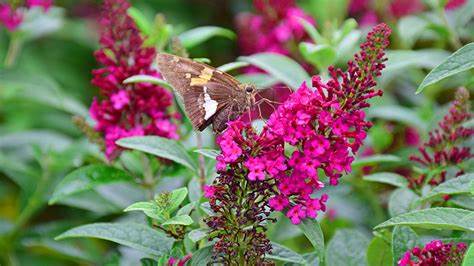
Monarda / Bee Balm
Monarda is another great easy grow bee magnet and are often proudly showcased within RHS shows. Monarda will grow in some shade, although it flowers best when planted in full bright direct light and a good well-drained spot. Monarda is another herbaceous perennial which will return each year. However, it does not like confined spaces so it is best to avoid pots and containers.
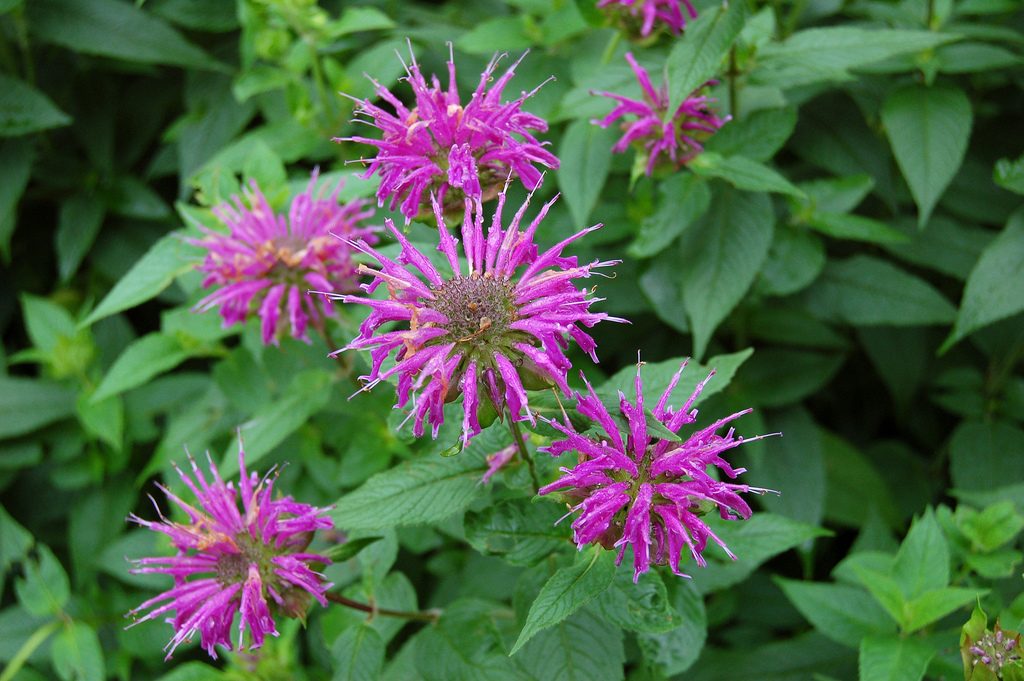
Oregano
Oregano is a hardy perennial aromatic herb plant, very attractive to butterflies and pollinators. Oregano can grow so thick it can also be used in a topiary effect. However, Oregano is a vigorous self-seeder, so be sure to only plant where you do not mind the spread! Oregano can also be grown in a container or pot.
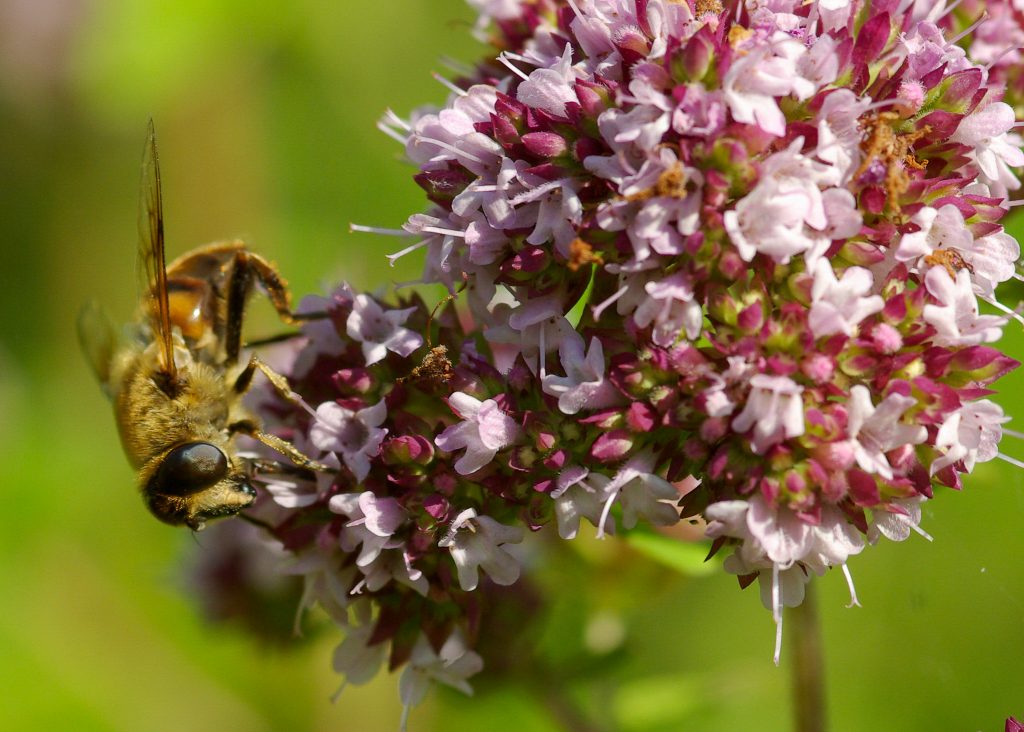
Lavender
One of my favourite plants, this therapeutic aromatic plant never fails to attract bees and butterflies. However, lavender can be picky about its growing position, so be sure to take into consideration this is a Mediterranean type plant, and enjoys a warm sunny spot with dry well-drained soil. Be sure to also consider the variety of lavender chosen as some can be more woody than others. In Uk weather, sometimes lavender does best in containers or pots.
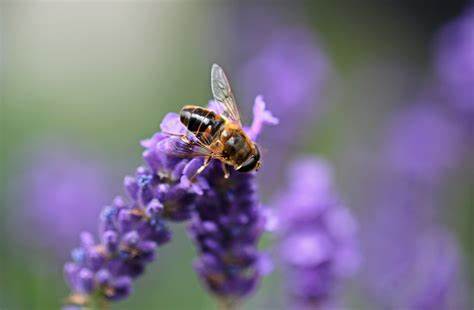
English Ivy
Hedera Helix or commonly known as English Ivy, once matured can produce flowers and berries which a range of wildlife will enjoy. The nectar and pollen provided by the plant are perfect food for insects such as bees, hoverflies, and wasps. Whereas the berries are loved by birds and animals alike.
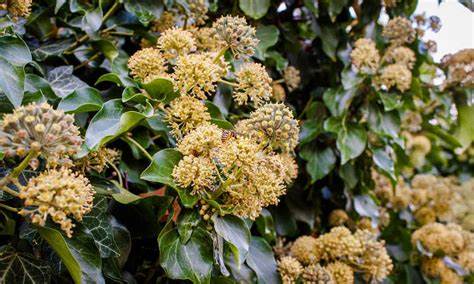
We hope this blog post has inspired you in your journey to creating a better insect friendly outdoor space.
Feel free to share your own tips, tricks and shots of your insect friendly garden!
Good luck!
Blog post by Lucy Canoel
